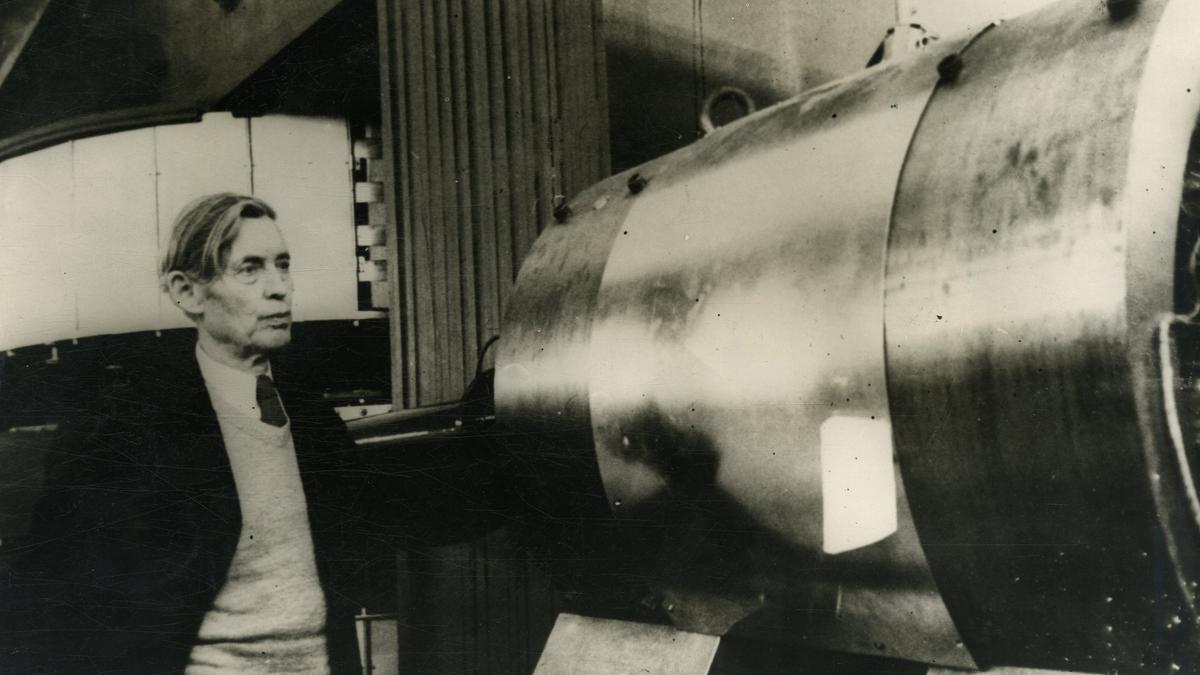
According to officials there are now two strains of the monkeypox virus spreading through Congo — the endemic form as well as a new and little-known offshoot. It is transmitting through sexual contact as well as other close contact – such as among children in displacement camps in parts of Congo – and has now moved from eastern Congo to Rwanda, Uganda, Burundi and Kenya.
The WHO announcement comes mere days after a similar label from the Africa Centres for Disease Control and Prevention. A “public health emergency of international concern” is the highest form of alert that can be shared by the international health body.
How is mpox transmitted?
Mpox can be transmitted from person to person through direct contact with infectious skin or other lesions such as in the mouth or on genitals. Infection can also occur through use of contaminated objects such as clothing or linens or in a community setting such as tattoo parlours.
Animal to human transmission of mpox occurs from infected animals to humans from bites or scratches, or during activities such as hunting, skinning, trapping, cooking, playing with carcasses, or eating animals.
What are the symptoms?
Mpox symptoms can be seen 1 to 21 days after exposure. Common indicators include rashes, fever, sore throat, headache, muscle ache, back pain, low energy and swollen lymph nodes. The symptoms typically last typically last 2–4 weeks but be extended for people with a weakened immune system.
(With inputs from agencies)




